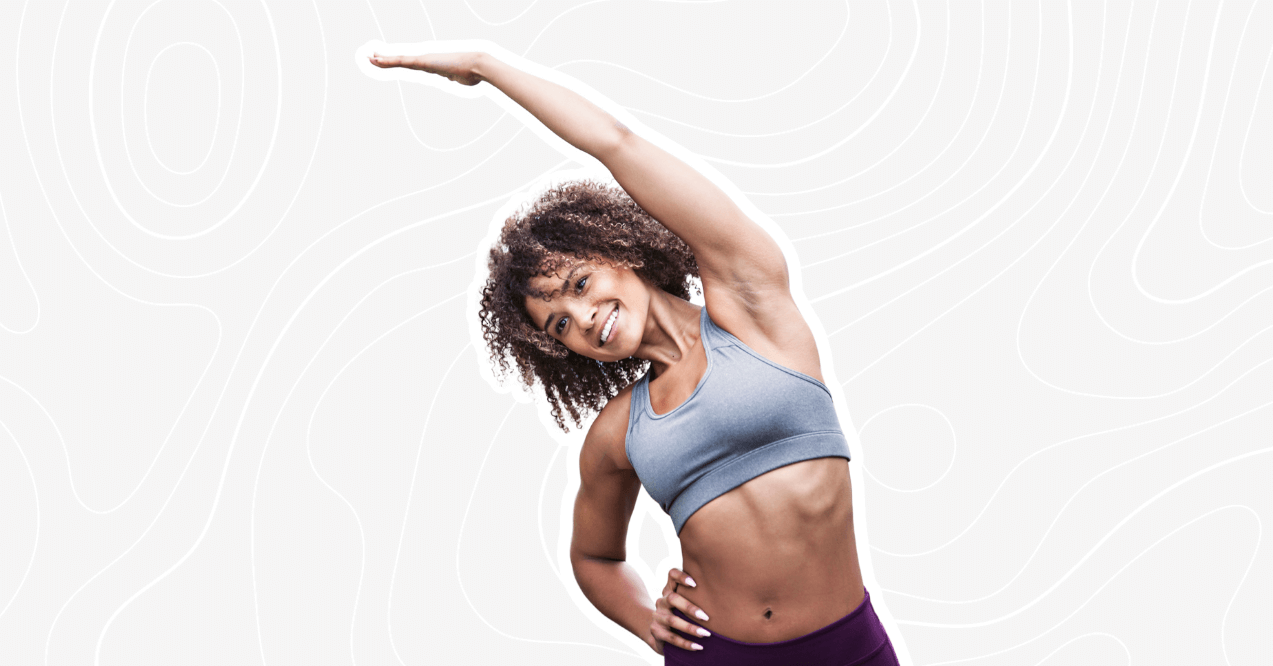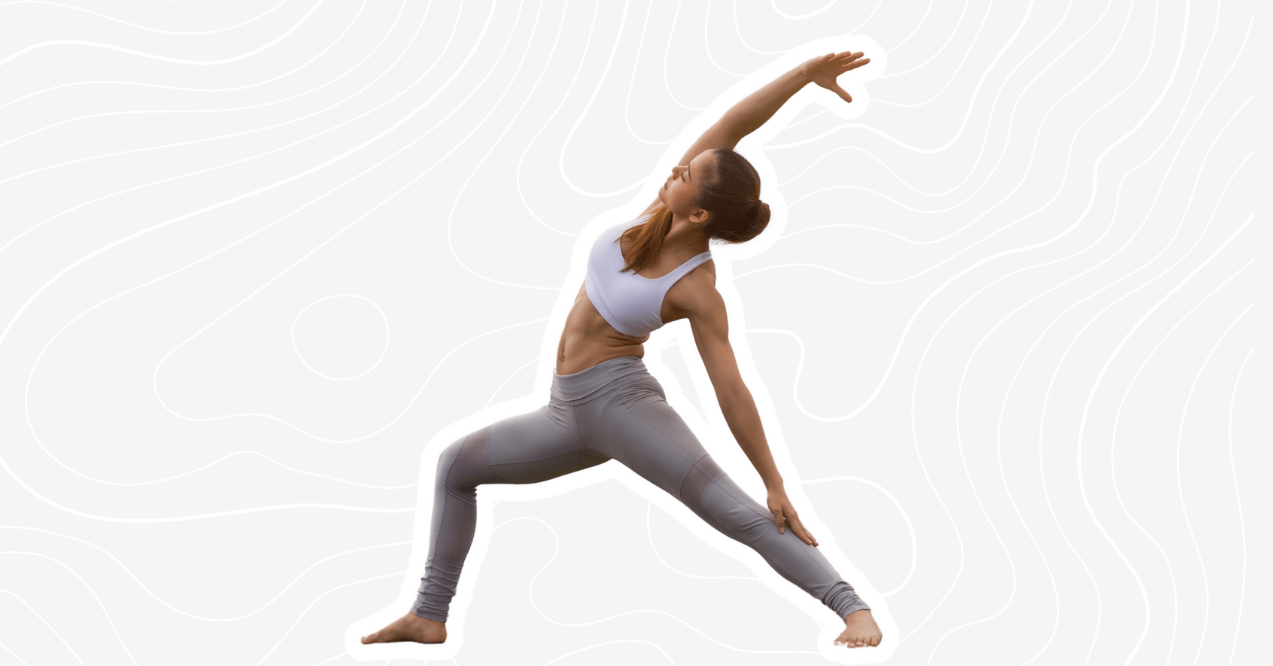

14 Day Somatic Workout Plan for 2024
Welcome to the 14 Day Somatic Workout Plan, perfect for those looking to strengthen the connection between body and mind. This body-oriented, therapeutic workout plan utilizes somatic exercises to improve flexibility, reduce stress, and enhance overall physical health.
Incorporating this 14-day somatic workout plan into your daily routine can be a powerful tool for your well-being. In modern life, stress is a common response to everyday situations, which can hinder our body’s normal functions and lead to mental or physical breakdowns. Alongside the exercises, consider adding performance supplements to support energy and recovery, bone broth supplements for joint and muscle health, and the best creatine supplements to enhance muscle performance. Through this workout plan, you can identify effective ways to release suppressed emotions and promote good health.
This article covers 14 days of somatic exercises that help you connect with your body-mind relationship. Overcome mental obstacles, restore balance in your life, and learn to appreciate your body more with these easy-to-follow exercises.
What Is a Somatic Workout?
A somatic workout consists of repetitive motions that relax the mind and body. These exercises differ from more conventional forms of training, which focus on body workouts rather than aiming to increase awareness of one’s body.
The world of somatic workouts consists of activities that can alleviate physical discomfort from stress and anxiety, treat chronic pain, and rehabilitate injuries. Light stretching, breathing exercises, and body scanning are all examples of the motions that you can include in your workout plan.
Now, anyone can do somatic workouts. The rhythmic and subtle motions are suitable for any age or degree of physical fitness. Therefore, this is an excellent choice for well-being enthusiasts. The workout plan offers an effective way to enhance neural transmission between the muscles and brain. This helps promote enhanced muscle mobility, posture, and body movement.
Another way somatic exercises can reset the nervous system is by activating relaxation or parasympathetic responses. Find out in the next section how a well-structured somatic workout plan for free is a safe and efficient method to boost health and function throughout the body.
Somatic Workout Program: 14 Days
We feel excited to introduce to you a unique 14-day somatic workout program schedule to assist you in the thrilling adventure of incorporating somatic exercises into your fitness program. This workout plan suits all types of people with different fitness levels. Whether you are a newbie or a pro, this professional guide will take you through the epic journey you are about to start!
Day 1: Grounding and Centering
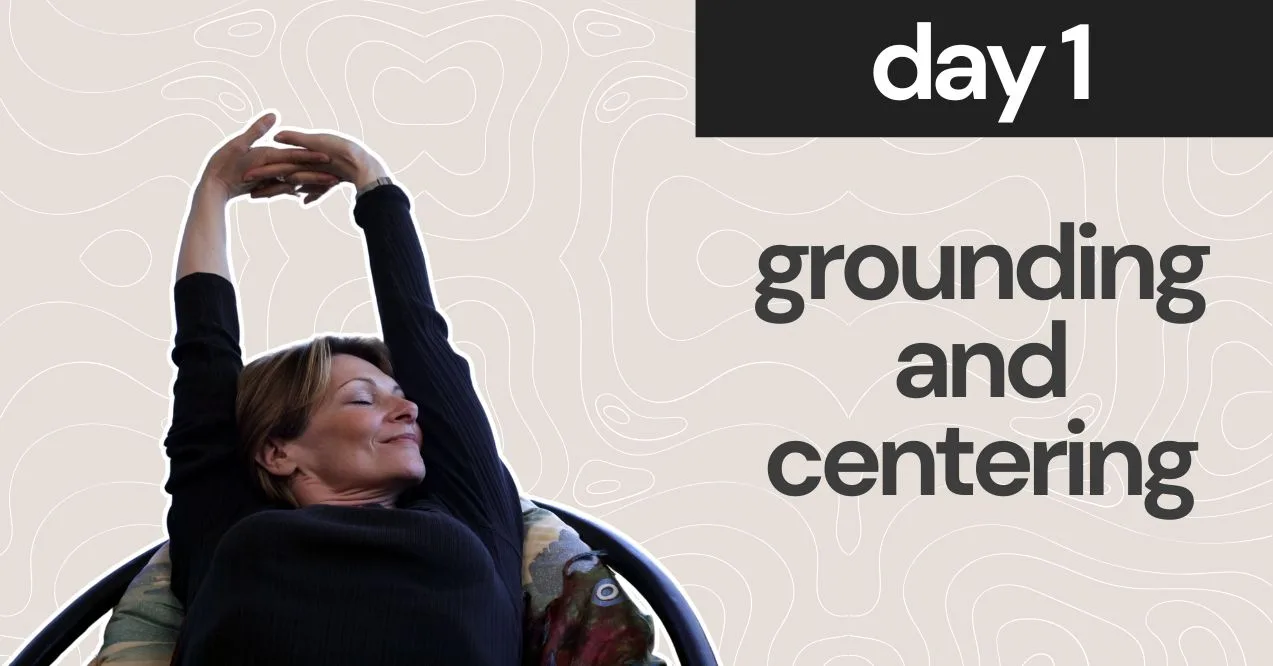
Morning Routine: Mindful Stretching
Stretching mindfully in the morning might feel a bit bothersome in the beginning, but don’t worry, we’ve got you. We promise this will work great for you in the long run. By gently stretching in the morning, you will awaken your body and mind fully. To begin, perform the stretches while concentrating and ensure that you incorporate calm and deep breathing techniques for the best results.
Evening Routine: Basic Somatic Exercises
The evening hours also call for workouts. These will focus on specific muscles located in the shoulders, hips, and neck. Some of the basic workouts include shoulder shrugs, hip circles, and neck rolls. Always be mindful of your body movements and ensure that you do not overstretch on the first day. Remember to pay attention to any uncomfortable and tight spots in your body and ease the tension in them.
Day 2: Breathwork and Core Stability
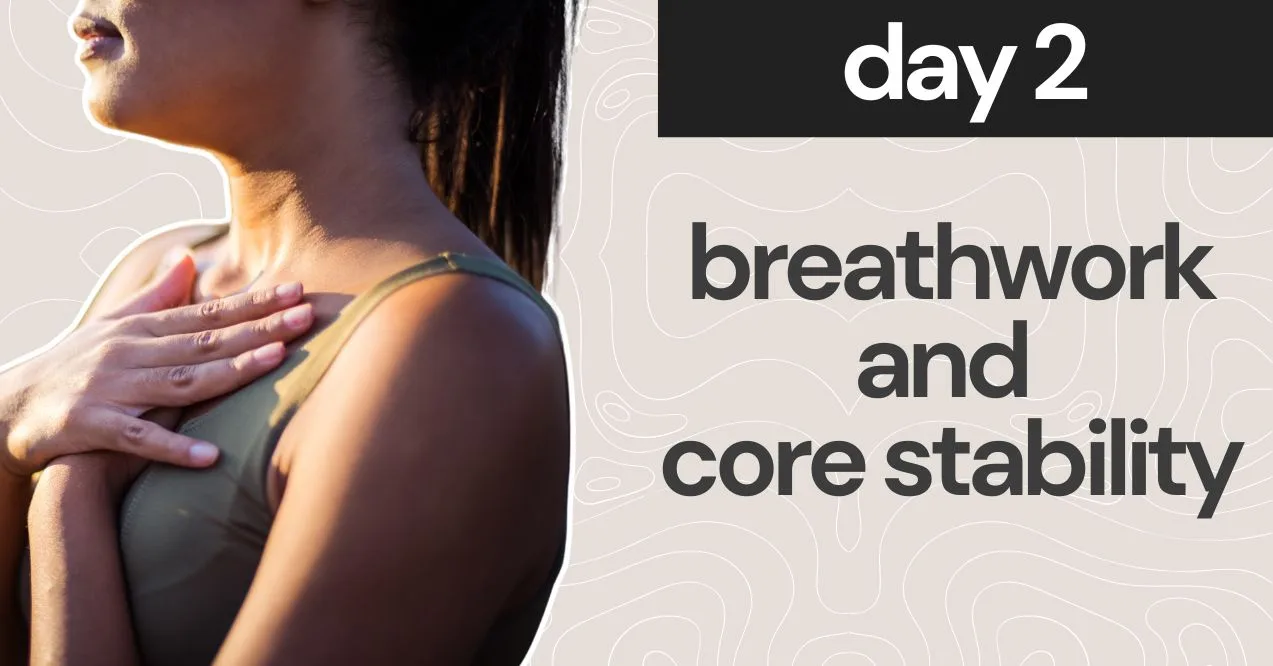
Morning Routine: Breath-Control Exercises
Your body needs oxygen to power up its muscles and other living parts. Breathing techniques are a key component in somatic workouts. They take time to master, but they help with efficient breathing, and there are various methods that you can incorporate, such as alternate nostril breathing, box breathing, and deep belly breathing.
Evening Routine: Core Strengthening Somatic
Concentrate on somatic activities like pelvic tilts, abdominal contractions, and mild twists that work your core muscles. Be mindful of using your core muscles and staying stable when performing each exercise.
Day 3: Lower Body Awareness
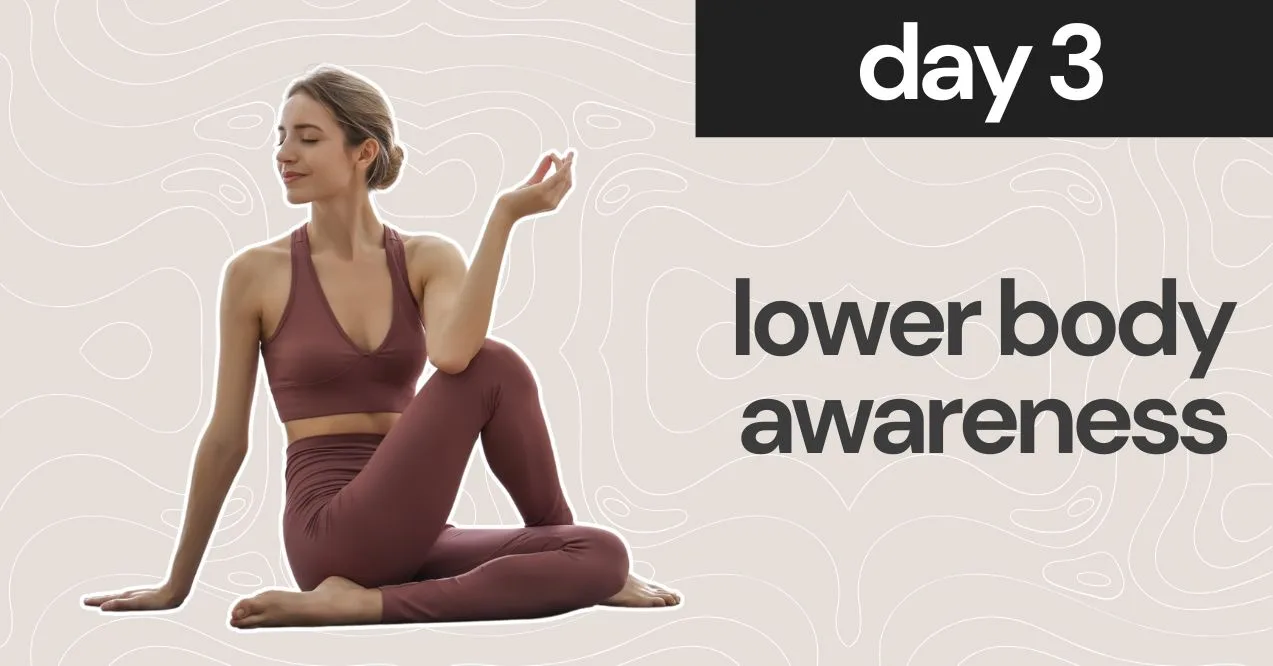
Morning Routine: Leg and Hip Mobility
On this day, the focus will be on the lower body. Consider body exercises that engage your hips and legs for ultimate flexibility. Some of the workouts that we recommend include performing hip circles, ankle rotations, and leg swings.
Evening Routine: Gentle Lower Body Somatic Exercises
Try doing simple somatic exercises like standing hamstring stretches, hip openers, and sitting forward folds to help release tension in your lower body. Concentrate on continuing to approach each movement with awareness and relaxation.
Day 4: Upper Body Integration
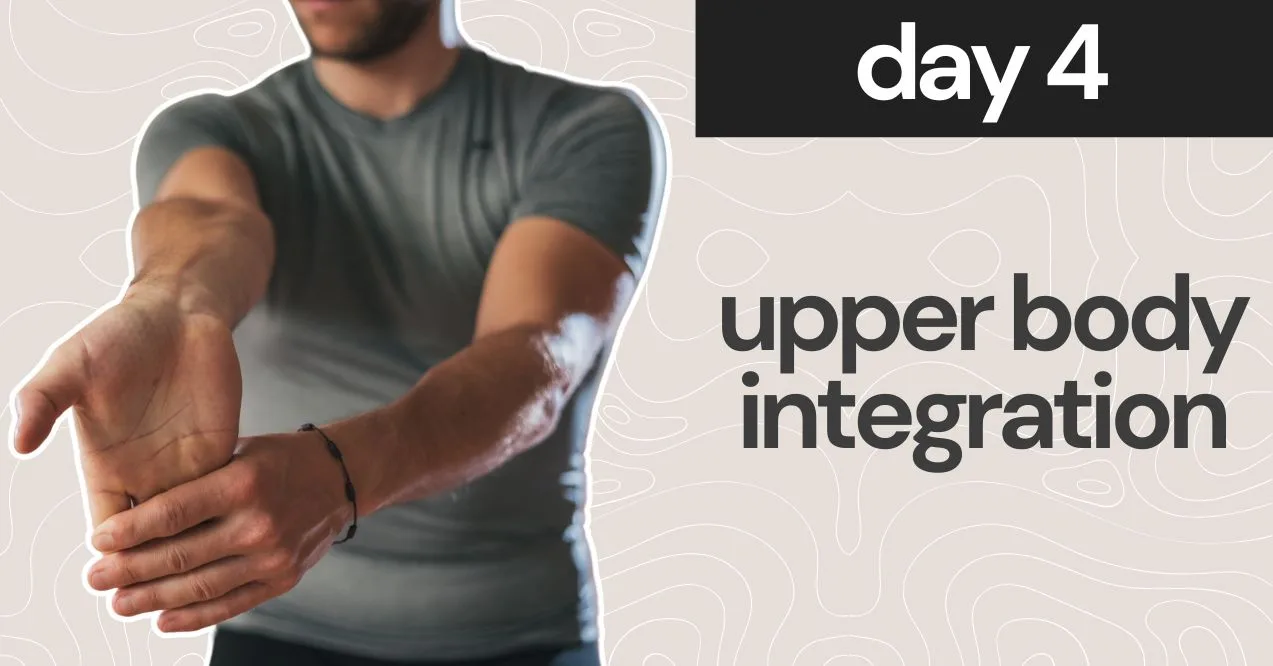
Morning Routine: Arm and Shoulder Mobility
Participate in workouts concentrating on your arms and shoulders to enhance flexibility while releasing any stress or tightness present. Test various poses, like rolling your shoulder blades, circling the arms around gently, and stretching out the upper chest area.
Evening Routine: Upper Body Somatic Exercises
Practice somatic exercises that integrate the upper body, with an emphasis on fluidity and coordination. To improve your mind-body connection, try some arm reaches, shoulder sweeps, and chest expansions.
Day 5: Full Body Coordination
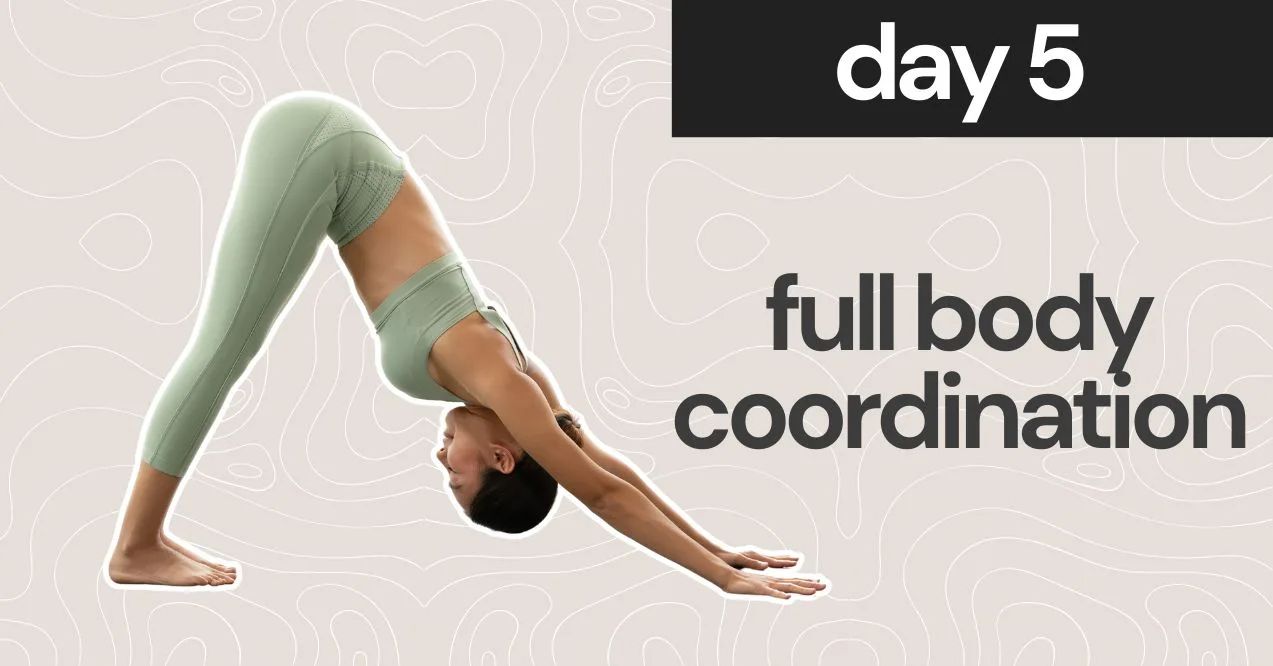
Morning Routine: Dynamic Full-Body Movements
Make dynamic somatic motions to enhance coordination and include the whole body. Use fluid motions such as spinal waves, full-body twists, and moderate hops to integrate your entire body into the plan.
Evening Routine: Integrative Somatic Practices
Take part in integrated somatic exercises that include motions from the previous days, emphasizing the seamless movement and interconnection of various body components. As you move, be mindful of the feelings in your body and work toward a sense of balance and harmony.
Day 6: Balance and Stability

Morning Routine: Balance-Focused Exercises
Engage in somatic activities that target your proprioception to challenge your balance and stability. Exercises like heel-to-toe walks, standing yoga postures, and single-leg balances help your body gain balance.
Evening Schedule: Stability Somatics
Practice somatic exercises like plank variations, bird-dog positions, and sitting balancing poses to enhance your stability and core strength. Pay close attention to using your core muscles and keeping your body steady as you perform each exercise.
Day 7: Rest and Reflection
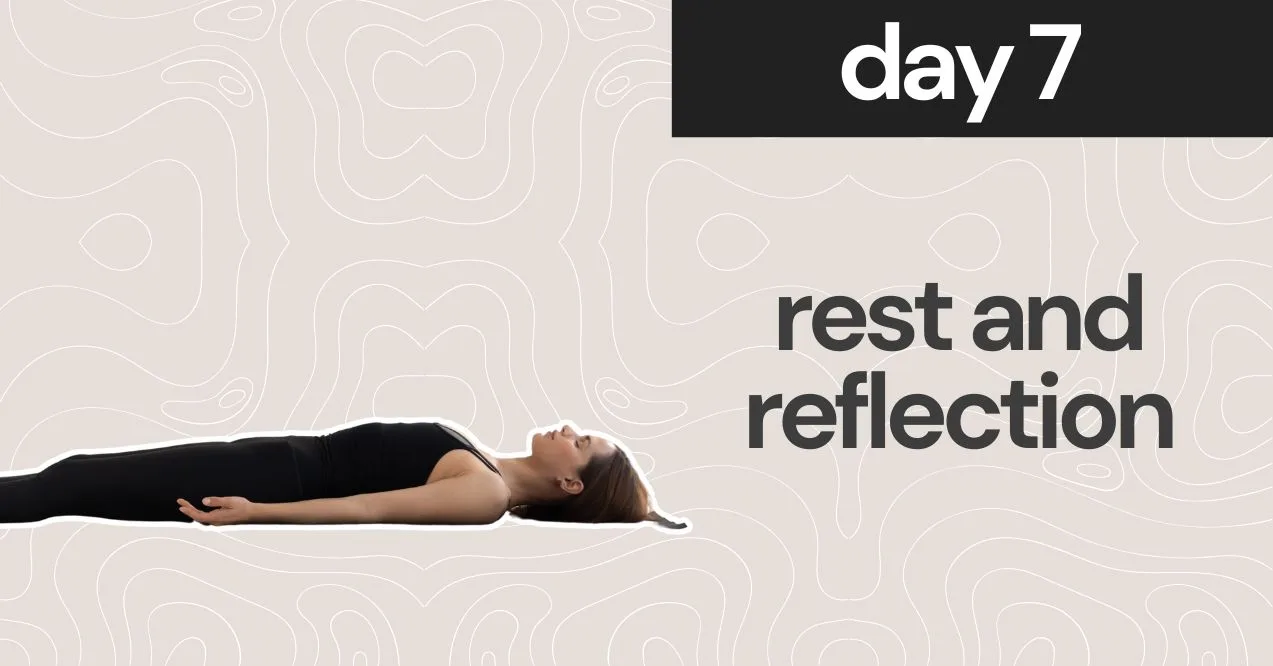
Understanding the Importance of Rest
Rest is a crucial element in every workout routine. It provides an opportunity to assess progress and recharge the body. Incorporating self-care practices like meditation, gentle stretching, or taking relaxing baths during this day can be beneficial.
Somatic Techniques for Relaxation and Reflection
Somatic techniques such as guided meditations, breathwork, and body scans promote introspection and relaxation while deepening your connection with your body.
Day 8: Deepening Body Awareness

Morning Routine: Sensory Awareness Exercise
Use Day 8 of the program to enhance sensory awareness through somatic exercises focusing on touch sensation in various body parts. To achieve this, you’ll be using methods that include joint rotations or light self-massage for increased insight into bodily sensations.
Evening Routine: Advanced Somatic Movements
Try pushing yourself with more complex somatic exercises that call for more control and awareness of your body. Examine activities such as controlled balancing exercises, spine twists with resistance, and slow-motion squats.
Day 9: Enhancing Fluidity and Grace

Morning Routine: Flow-Based Movements
Be mindful of physical movements that highlight grace, smoothness, and continuity. Expand the scope of your body’s motion by incorporating activities like performing yoga postures, Tai Chi stances, or dance routines.
Evening Routine: Somatic Exercises for Fluidity
Practice somatic exercises like gentle waves, figure-eights, and circular rotations to help your body become more fluid and release stress. Highlight your motions so that you can notice how elegant and fluid every movement is.
Day 10: Strength and Endurance
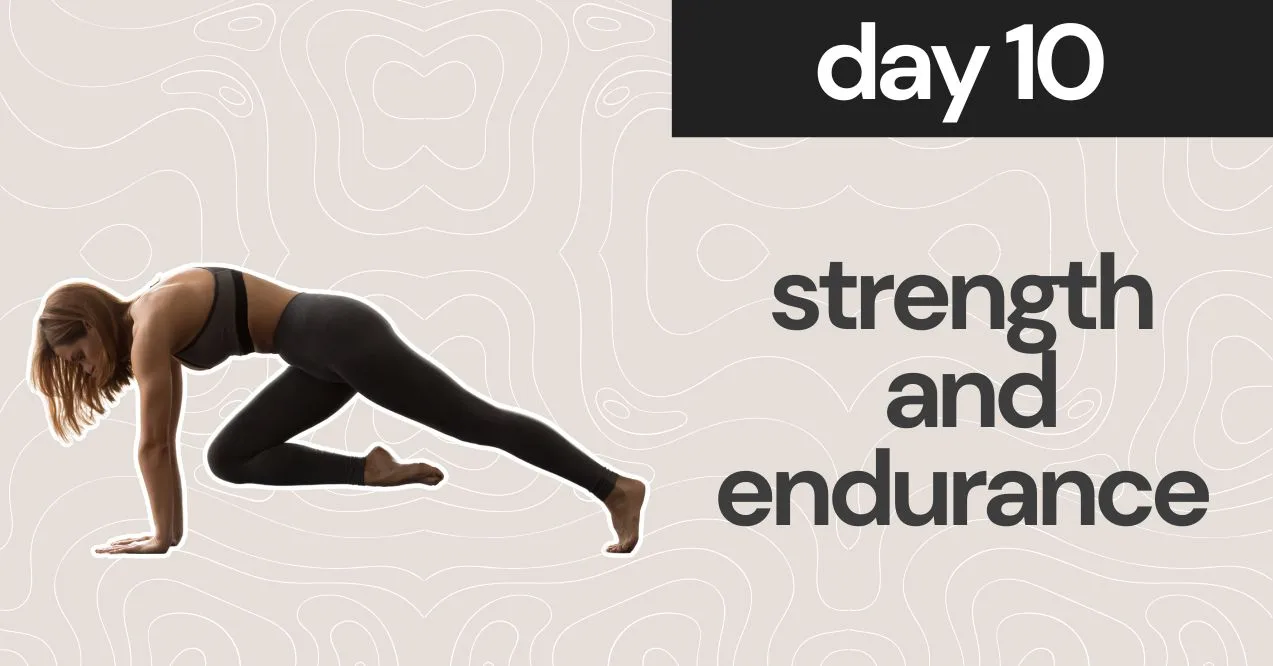
Morning Routine: Strength-Building Exercises
Strength and endurance are two of the epitomes of any kind of workout, including somatic workouts. The main focus should be on the major muscle groups, where exercises such as planks, lunges, push-ups, and squats will fortify all your body parts and the muscles in concern.
Evening Routine: Endurance Somatic Practices
Exercise your body with somatic activities that target cardiovascular fitness and endurance, such as jumping jacks, high knees, and dynamic bodyweight exercises. Keep your speed constant and concentrate on using the right form of every movement.
Day 11: Agility and Quickness

Morning Routines: Agility Drills
Be as agile as a cobra! These workouts will benefit your body holistically by challenging your speed through sudden changes in direction and pace. When incorporated into your routine, shuttle runs, ladder drills and cone drills will improve your reaction time and efficiency in movement.
Evening Routine: Somatic Techniques for Quickness
Take part in somatic activities like plyometric movements, fast foot drills, or reactive exercises to improve your speed and explosiveness. Make an effort to execute every motion quickly and accurately.
Day 12: Precision and Control
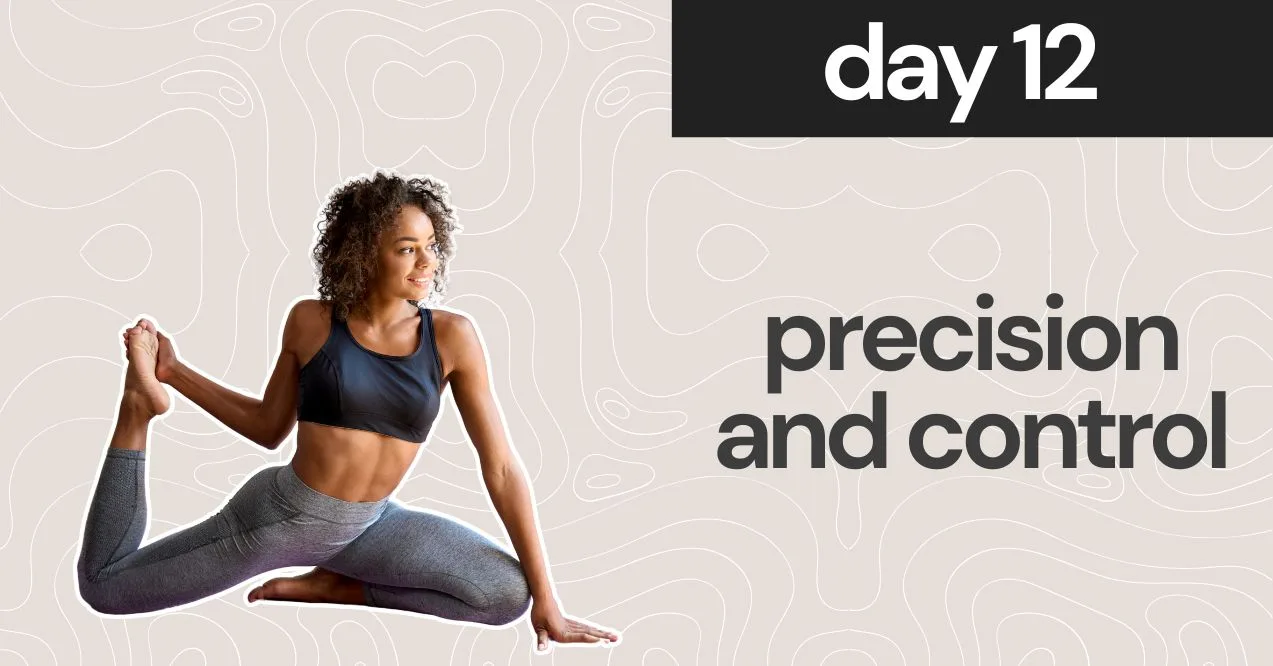
Morning Routine: Precision Movement Drills
Take part in exercises that focus on movement control and accuracy. Practice movements that call for exact execution and concentrated attention, such as Pilates-inspired motions, controlled reaches, and slow-motion kicks.
Evening Routine: Control-Oriented Somatic Exercises
Concentrate on somatic activities that call for stability and control, such as regulated breathing exercises, slow-motion transitions, and controlled balances. Stress the uniqueness of every movement and be mindful of the minute details in your body’s reaction. Pain and fatigue may arise during workouts, which might trigger somatic symptoms. These symptoms can occur as a result of an underlying medical condition or simply due to normal bodily fatigue.
Day 13: Integrating Body and Mind
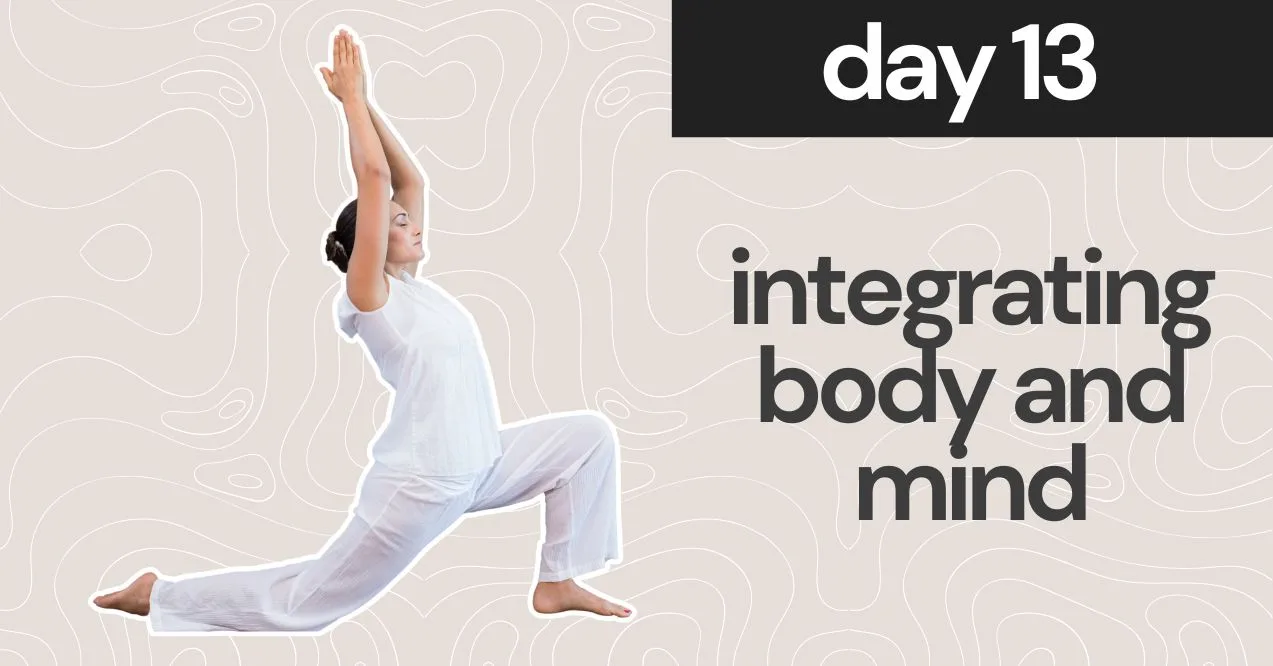
Morning Routine: Mindful Movement Practices
Take part in somatic activities that support body-mind integration and awareness. Engage in exercises such as Tai Chi-inspired sequences, yoga flows with breath awareness, or walking meditation.
Evening Routine: Somatic Movements for Mind-Body Integration
Mind-body integration activities have the best health benefits. Guided somatic meditations, body scans with breath awareness, or mindful stretching are some of the recommended practices that help balance mind and body integration.
Day 14: Completion and Future Steps
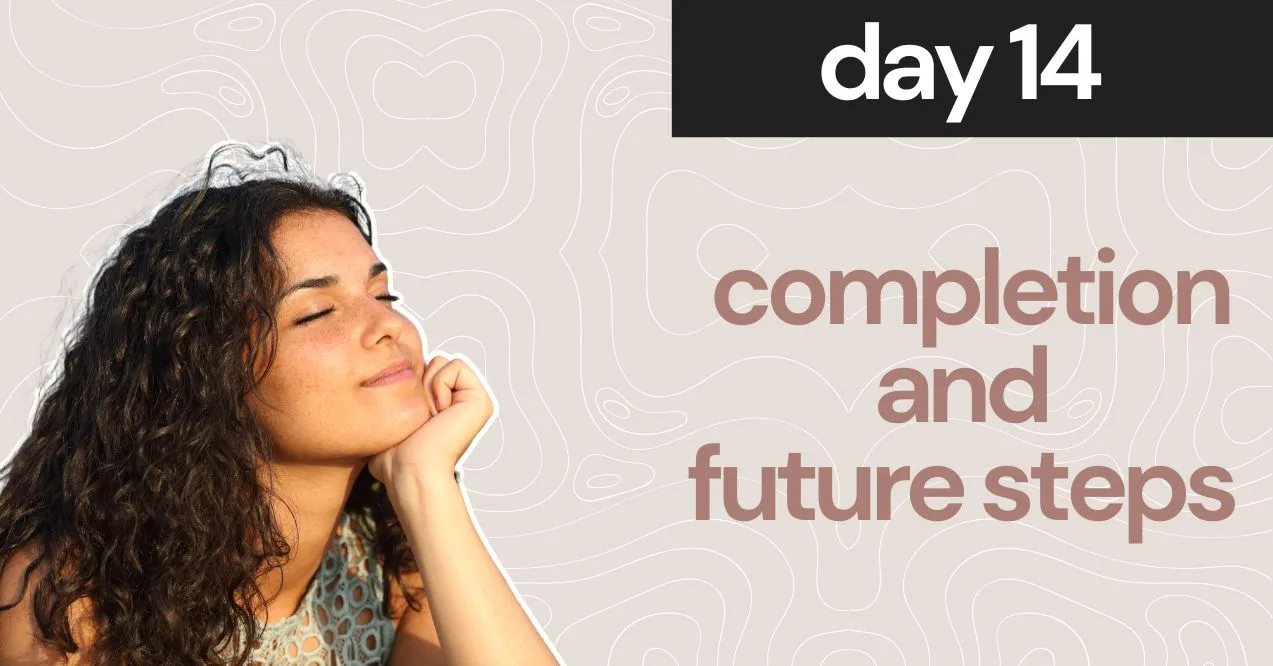
Celebrate Your Journey
Take time today to recognize your achievements and reflect on the transformation of your body throughout the 14-day somatic exercise program. Having achieved this great milestone, you deserve a medal.
Making Somatic Practices a Daily Life Routine
Look into ways to continue using somatic exercises in your everyday routine once the 14-day schedule is over. Apply the knowledge and methods you have gained to maintain your mind-body connection and advance your general well-being. You can try alternative free workout plans on the internet for adventure and thrill, or stick to this one if you feel it meets your needs. Check out the do’s and don’ts that will help you maintain a life-long exercise routine.
How Can I Track My Workout Plan Progress Over the Next 14 Days?
Throughout the 14-day plan, keeping track of your progress can help you stay motivated and see the physical and mental changes that are occurring. Here are some tips for keeping an eye on your changes, both mentally and physically:
- Maintain a Journal – Record your observations, experiences, and any feelings or sensations that surface during your somatic exercises. Consider your development and acknowledge accomplishments when you observe gains in strength, flexibility, or general well-being.
- Take Measurements – Determine the size of important body parts, such as your hip and waist circumferences and your range of motion. To monitor your development over time, record any changes.
- Make Objectives – Throughout the 14-day plan, make sure your goals are reasonable and doable. Having clear and achievable workout objectives will keep you motivated and focused. These objectives will help you work on extending your body’s range of motion, alleviating muscular tension, and correcting your posture.
- Get Your Body Reactions Accordingly – Always have clear and concise monitoring of your body and its sensory functions during somatic workouts. Ensure you take note of the various variations and cues your body gives, such as mood and energy levels. This approach will help you vary your workout intensity and consistency.
- Recall That Each Person’s Definition of Progress Is Unique – Remain patient with yourself and acknowledge any advancement, no matter how tiny. You will experience long-term advantages from your mind-body practice if you dedicate yourself to it.
Can I Continue With the Free Workout Plan After the 14 Days Are Over?
Of course! The objective of the 14-day program for somatic exercises is to make you acquainted with this area and help establish a stable mind-body routine. After completing the course, you have the option to incorporate more somatic exercises into your regular workout regimen.
These exercises are highly adaptable and can easily suit your particular needs and preferences. You can customize the program by trying various movements, techniques, and durations that fit your schedule and objectives. The key is to prioritize the connection between your mind and body while remaining attentive to what works best for you, whether integrating somatic practices into existing routines or scheduling dedicated time each day exclusively for them.
Upon finishing the 14-day program, you can continue to reap the advantages of somatic exercises in your daily regimen. This approach encompasses augmenting your physical and mental well-being while strengthening the correlation between your body and psyche.
Conclusion
Thank you for finishing our 14-Day Somatic Exercises Plan! You have started a path of self-exploration, enhanced bodily consciousness, and general well-being. You have made significant progress in developing a positive relationship with your body and mind-body connection by adding somatic exercises to your fitness regimen. Recall that somatic workouts have advantages that go beyond the 14-day schedule.
You may further develop your mind-body connection and undergo continuous physical and mental transformation by prioritizing your mind-body practice and experimenting with different exercises and approaches, such as a 28-day workout plan.
We urge you to continue paying attention to your body, acknowledging your accomplishments, and relishing the process of self-discovery and recovery via somatic practices. Your dedication to mind-body practice will pay off for many years!
No, specialized equipment is not required for the 14-day somatic exercise program. Motions and awareness of your body are the main components of somatic workouts. However, you may decide to use props like a yoga mat, blocks, or straps to assist specific motions, depending on your comfort level and personal taste.
If you suffer from lower back pain, consider incorporating somatic exercises, as these will prove beneficial to you. Lower back pain can be a nerve-wracking condition to have, especially as we age gracefully. The spinal cord needs the best of the exercises, and if possible, seek professional advice if you have a history of severe back pain or trauma. Perform controlled breathing techniques and back exercises, such as gentle spinal twists, in your daily workouts.
Remember to pay great attention to your body signals during the workouts and adjust accordingly. If you experience any sort of discomfort, recheck your workout techniques and see what you are missing out on.
Absolutely! Somatic exercises can be effortlessly performed at home without requiring a vast amount of space or equipment. Locate a peaceful and cozy spot that allows you sufficient freedom to move around while concentrating on enhancing the connection between your mind and body. With this 14-day somatic exercise plan, you can smoothly add these routines into your daily regimen for ideal outcomes from the comfort of your own home.
In addition to the mental and physical exercises emphasized by the 14-day fitness program, checking your diet is beneficial. Consume nutritious foods such as fruits, vegetables, lean meats, and healthy fats. They provide your body with essential nourishment that supports an effective mind-body-somatic routine. Maintaining a proper hydration routine by drinking adequate water throughout the day is equally important.
It is necessary to make keen observations of your body when it comes to meals and refreshments. Always be mindful of signals from your body regarding satisfaction or hunger. Ensure you eat or drink what will satisfy your internal and external components. That is always top on our list!
Advertisement. This site offers health, wellness, fitness and nutritional information and is designed for educational purposes only. You should not rely on this information as a substitute for professional medical advice, diagnosis, or treatment. If you have any concerns or questions about your health, you should always consult with a physician or other health-care professional. Do not disregard, avoid or delay obtaining medical or health related advice from your health-care professional because of something you May have read on this site. The use of any information provided on this site is solely at your own risk.
Advertisement. This site offers health, wellness, fitness and nutritional information and is designed for educational purposes only. You should not rely on this information as a substitute for, nor does it replace, professional medical advice, diagnosis, or treatment. If you have any concerns or questions about your health, you should always consult with a physician or other health-care professional. Do not disregard, avoid or delay obtaining medical or health related advice from your health-care professional because of something you may have read on this site. The use of any information provided on this site is solely at your own risk.
